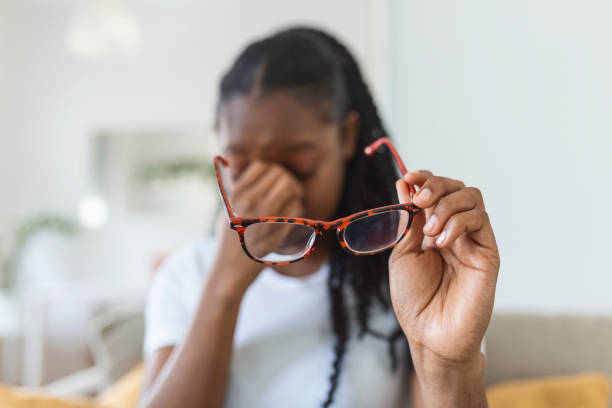Hypertension in Modern-Day Nigeria: What Those in Their 30s and 40s Should Be Looking Out For
Hypertension, or high blood pressure, is becoming more common in Nigeria, even among younger adults in their 30s and 40s. The hustle and bustle of modern life, combined with lifestyle choices, can take a toll on the heart. Let’s break down what hypertension is, why it’s so crucial to keep an eye on it, and how you can protect yourself. 1. What is Hypertension? Hypertension occurs when the force of your blood against the walls of your arteries is consistently too high, putting pressure on your heart and blood vessels. Over time, this increased pressure can lead to serious health problems like heart disease, stroke, and kidney failure. It’s often called the “silent killer” because it usually has no symptoms until it has caused significant damage. 2. Why is Hypertension on the Rise in Nigeria? Several factors contribute to the growing rates of hypertension in Nigeria, especially among younger people: No be only old people dey get high blood pressure. If you dey waka waka anyhow without checking your lifestyle, e fit catch you early. 3. Signs and Symptoms to Watch Out For While hypertension is often symptomless, there are some warning signs you shouldn’t ignore, especially if you’re in your 30s or 40s: However, many people with hypertension don’t experience these symptoms until the condition becomes severe. This is why regular check-ups are crucial. 4. How to Protect Yourself from Hypertension The good news is that hypertension can be managed and even prevented with some lifestyle changes. Here are practical steps to keep your blood pressure in check: No be only gym you need. Even small-small waka, reduce salt for food, and no carry every problem for head. E fit help your blood pressure calm down. 5. When to See a Doctor If you’ve been experiencing symptoms like persistent headaches, chest pain, or shortness of breath, it’s essential to see a healthcare professional. They can help you monitor your blood pressure and recommend treatment if necessary. Conclusion Hypertension is a growing concern in Nigeria, but it doesn’t have to be a death sentence. By taking proactive steps—like adopting a healthier diet, exercising regularly, and managing stress—you can significantly reduce your risk. If you’re in your 30s or 40s, now is the time to take control of your heart health. No wait until dem tell you o. Check your blood pressure, make small-small changes for your lifestyle, and you go fit enjoy life without wahala.



